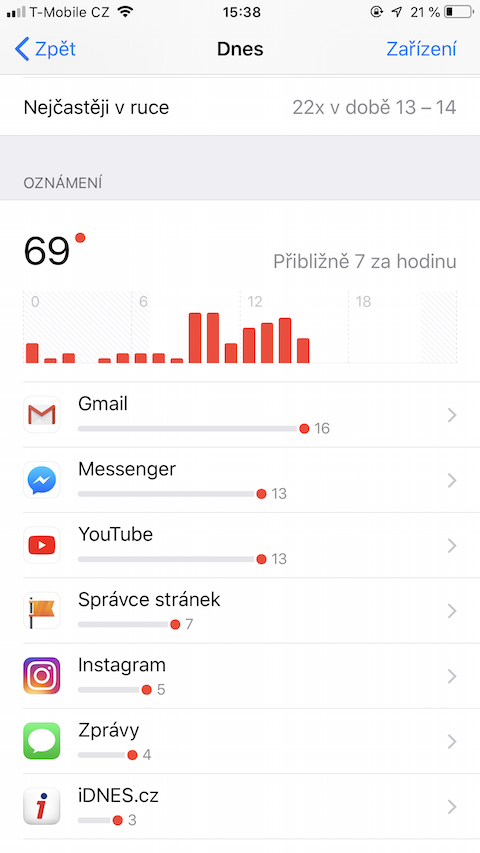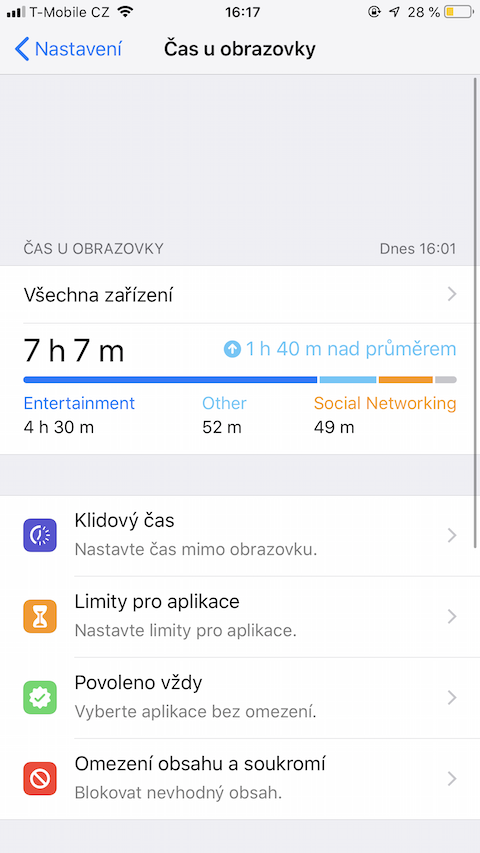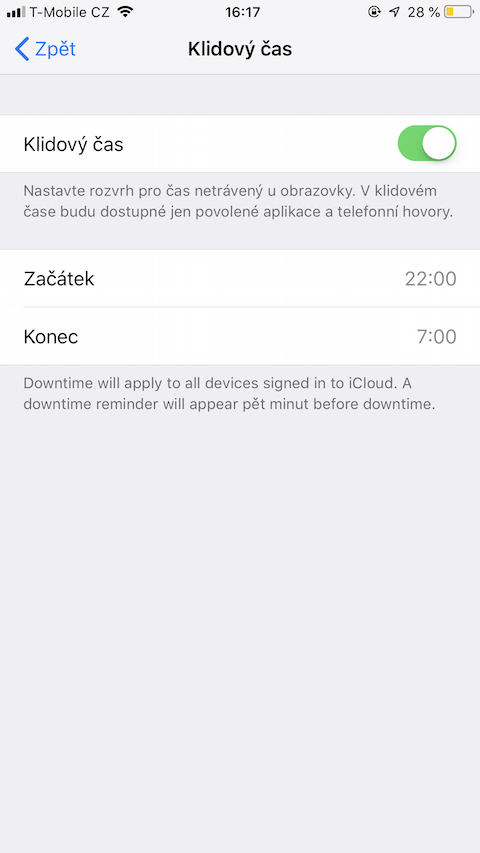How does Screen Time work? The Screen Time function offers management options and an overview of the time that the user - or a trusted person - spends on their iPhone. After a certain period of time after its launch, it will offer you daily and weekly reports on which applications you spend the most time on and how often you pick up your smartphone. But it also allows you to set restrictions for certain types of apps, such as social networks or games.
Along with the latest iOS 12, Apple also introduced Screen Time at this June's WWDC, which allows users to actively reduce the amount of time they spend on their iOS device and also to some extent control the way their children use their smartphone. This feature was tested by the editor of the Seattle Times server. How did the test go?
Brian X. Chen, who created the Screen Time feature for Seattle Times tested, he admits that he himself has a problem with constantly compulsively picking up the phone. "When Apple announced its new feature to help people reduce the amount of time they spend on their iPhones, I knew I had to test it out for myself," writes Chen. Smartphone owners tend to depend on checking social network updates, playing games and other not very necessary handling of the device. In extreme cases, these unhealthy habits can lead to impaired concentration, sleep deprivation and even depression. Chen decided to test the Screen Time function not only with himself, but also with Sophie, the fourteen-year-old daughter of his colleague. The iPhone X with the beta version of the latest mobile operating system from Apple was loaned to it for the purpose of the test.
While Sophie, according to statistics, spent the most time chatting with friends on Snapchat, Chen's mobile version of Twitter consumed the most time - so Chen set limits for both apps, which Sophie in particular took very hard at first, complaining to her mother that she felt "thrown". Often, according to her own words, she simply unlocked her phone and stared intently at the app icons. Towards the end, the time Sophie spent on her phone was halved from the original six hours.
Using the new "restrictive" feature was difficult not only because of the dependency of both test subjects, but also because the testing took place while the feature was in beta, so it didn't work completely reliably. But after the first update, which fixed the bugs, it was already possible to use Screen Time to the full.
Chen Sophie set a thirty-minute limit for game apps and a sixty-minute limit for social networking apps. He also set a so-called quiet time between 22.30pm and 6.30am - during which time the phone's functions were severely limited and its reduced use should significantly improve sleep quality.
It will seem unbelievable, especially to parents of teenage children, but over time Sophie not only got used to the set restrictions, but gradually began to request restrictions for other applications, including Netflix or Safari, where, according to her own words, she read too many articles. In the end, it turns out that Chen has a bigger problem with spending too much time on the iPhone than Sophie. However, over time, he also managed to reduce this time to just over three hours on average. In the end, both "test subjects" were pleased to note that they slept better and used their time much more efficiently.



I wonder if this monitoring function can be turned off.
Good day, I have a question... I set the idle time to the lock during screen time and I forgot the password... what about it?